Use a 4-Step Countdown to Launch Math Lingo

Perpendicular. Ratio. Integer. Function. Simplify.
Math, like every part of our day, is laden with lingo. For some students, this makes problem solving intimidating.
When we see students trying to tackle this challenge, we need to take action. We can strategically teach middle grades learners to talk and jot about their math thinking with expertise and confidence.
Like a rocket launch, there will undoubtedly be plenty of ongoing, personalized checkpoints. However, here is a streamlined, easily replicable countdown process we can all use to help middle grades students prepare to take off with math vocabulary.
4: Roll It Out
Immerse students in math lingo. Teachers sometimes shy away from using domain-specific vocabulary until it is formally introduced. But when it comes to lingo, we do not need to wait! By saturating our conversations with the language of math, students see – and hear – a clear model of what mathematicians do.
I often find myself talking in appositives when first mentioning new content area vocabulary. It sounds something like: “When I decompose, take apart, numbers like this, it helps me to see the value a little differently.” I amp up a basic understanding of the target word by pantomiming a related action and/or jotting a quick example.
Although I am not stopping and formally teaching the definition, I am sharing the word in an accessible way. Then, when I DO formally introduce the word, students have already heard and seen it in action. They have context and vision of where the word fits. Voila! This embedded modeling is an easy way to pre-teach vocabulary and prepare students for greater understanding… from the start.
When I pre-teach words by casually using vocabulary in context, students are more prepared for the formal introduction.
3: Fuel the System
Provide opportunities for students to fuel their own learning by actively delving into the meanings of math vocabulary. I protect precious instructional minutes by using word-exploring methods that students already know and love.
We all have favorite word learning routines. A few go-to middle grades methods include word webs, word riddles, backward Scattergories, and analogies. When we provide time for these kinds of student-driven word discoveries, we jumpstart engagement and promote deep understanding.
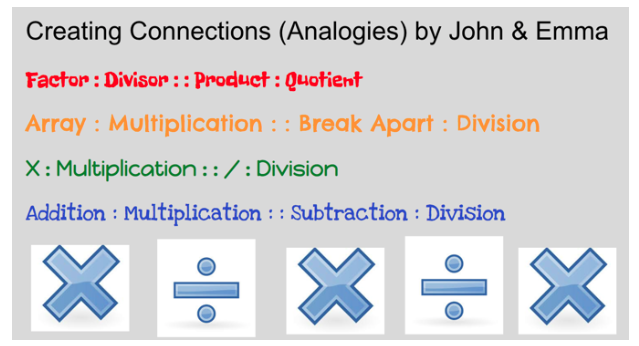
2: Activate the Launchpad
Set up repeated opportunities for middle grades students to try on and use lingo in “low stakes” scenarios like partner, small group, and class discussions. Helping students talk the talk is as simple as putting out a few word cards alongside whatever else you had planned for the period.
While students chat about a math scenario, build a model to show their thinking, or work collaboratively to solve a word problem, they are encouraged (and have a visual reminder) to use the aligned and appropriate lingo.
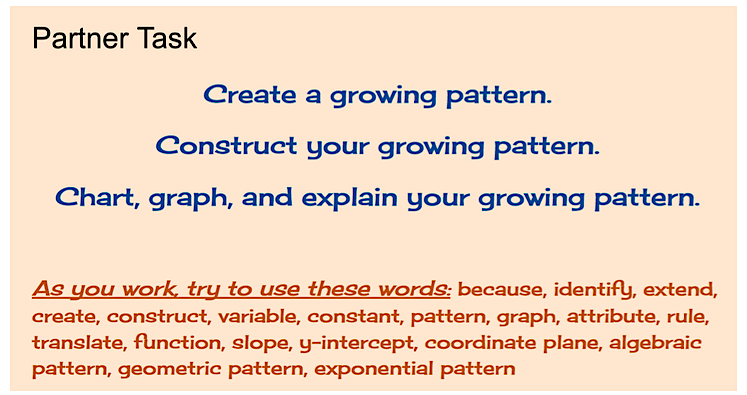
Additionally, we can also highlight content vocabulary in whole class warm-ups and reflections (like the ever popular Which One Doesn’t Belong?).
Finally, regular infusion of number talks, with reminders to include related math vocabulary, provide yet another way to foster this kind of intentional practice. All of these lingo-launchpads show that words have an important role in math and are easily incorporated with little to no teacher prep. By providing these regular opportunities and reminders, students get in plenty of practice – without adding additional activities to an already jam-packed math period.
1: Start the Internal Engines
Model, teach, and support writing in math. Shared and interactive writing are surefire ways to rev-up student confidence and competence. For example, in interactive writing, the teacher facilitates a conversation around math thinking and then takes the lead in the subsequent jotting of those ideas.
Start by inviting students to orally share their processes and then occasionally dip in to help as you write what they say. Share the pen (or keyboard) with students at specific points, such as when they use math vocabulary. More specifically, students may jump in to add a label to the sketch of a math model or when lingo is used in the explanation of the problem-solving process. Students love adding a bit of their own flair to these collaborative compositions.
Interactive writing fosters consistent infusion of math vocabulary while jotting. The highlighted words represent where students “dipped in” and helped with the writing.
Blast Off!
Confidence and competence with communicating ideas help students soar! Ultimately, by supporting students’ understanding of math lingo using such an intentional launch process, they learn to navigate their way through the checkpoints with ease, proficiency, and a splash of tenacity.
…and PS, this method of taking off with words can be used in ANY subject area!
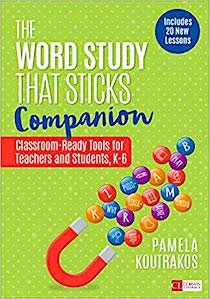
Pam’s book include Word Study That Sticks: Best Practices K-6 (Corwin, 2018) and The Word Study That Sticks Companion: Classroom-Ready Tools for Teachers and Students, K-6 (Corwin, 2019). Both include resources, ideas, and tools for teachers of all subjects. Connect with Pam on Twitter @PamKou and on LinkedIn.

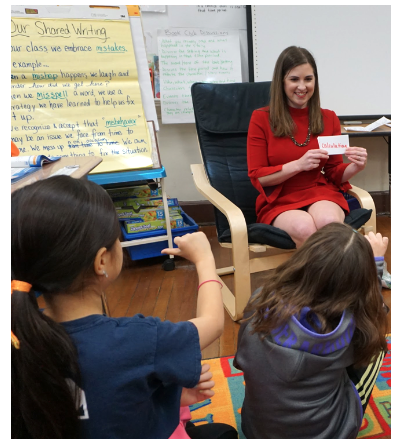
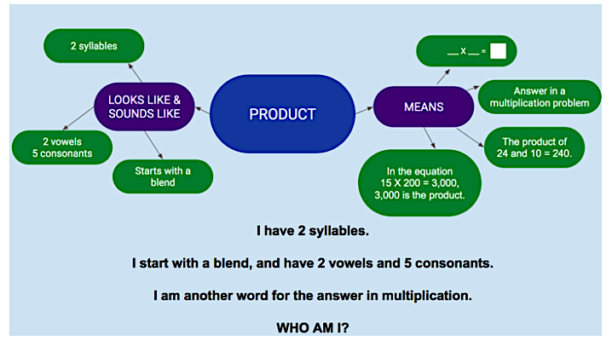
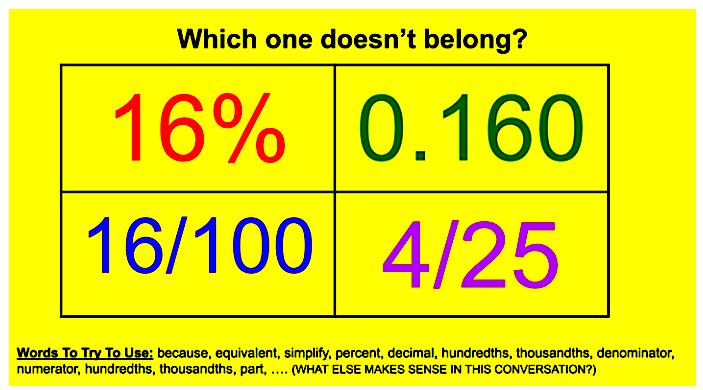
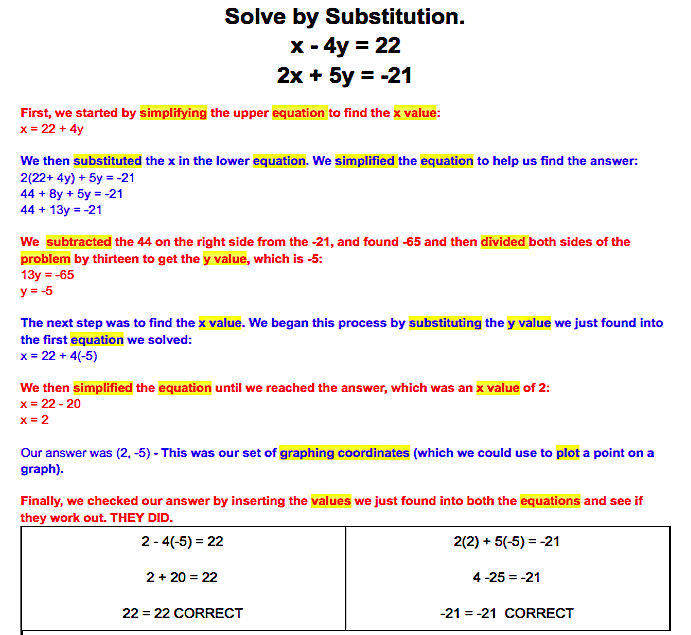


































I loved your blog! Especially the different ways to introduce and teach words. Word riddles sound like so much fun for the students. I also like how you gave a few examples just in case one doesn’t work for a class, the others might! #GEN2108
Thanks so much, Rachel. Feel free to reach out if you would like to chat.